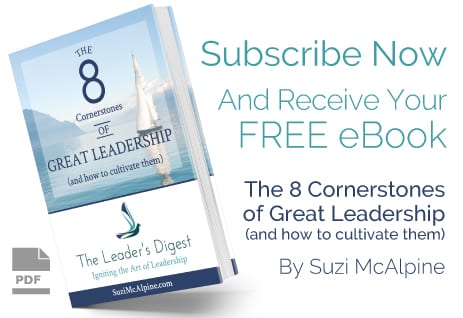It seems like almost every organisation on the planet wants to become more innovative right now. And let’s face it, thinking differently and creatively about challenges and opportunities that face us are table stakes to survival, given the ambiguous, multifaceted and unpredictable landscape we are operating in.
As I was musing about this, I came across a blog post I wrote a while back, which went viral.
Weird is good: why dissonance fosters innovation, offers some food for thought about how to foster that elusive holy grail of innovation and why it’s profoundly important that as leaders, we seek and acknowledge difference – in our organisations, our countries and in perspective.
For those of you who have already read this, it might be a timely reminder. And for those who haven’t, I thought I’d republish it in the hope it provides you with some inspiration. One thing I’ve learned is sometimes a recycle is not a bad thing….
Happy reading.
Weird is good: why dissonance fosters innovation
As published by Idealog on July 16, 2015.
I recently overheard someone talking about a cutting-edge leadership workshop they had just attended.
“It was weird,” he said.
“Weird good or weird bad?” I asked. The question caused my erstwhile friend to pause mid-sentence.
“Weird good…I think…”
He then admitted that the “weirdness” caused him to veer from his usual approach to leadership. In fact, due to the unusual methods the facilitators had used, he experienced an epiphany concerning a problem he’d been grappling with for months.
Innovation and creative problem-solving are quickly becoming the most powerful competitive weapons a company can employ.
But, creativity hates sameness, routine and the comfort of normality. It despises predictability and stability. Creativity resides at the outer edges of the bell curve.
[Tweet “Creativity hates sameness, routine and the comfort of normality.”]
Dissonance and discord may be less pleasant to experience and more difficult to manage than harmony and consonance, but they are far more likely to provide fertile ground for creative breakthroughs.
So, what does this mean for leaders?
If you want to foster an environment that cultivates creativity, you need to be comfortable with the uncomfortable. In fact, you need to do more than that. You need to seek it out.
Both science and the arts have long known the power of weird.
Jaron Lanier, in his article, “Two Philosophies of Mathematical Weirdness” stated:
“A strange thing happened to the philosophy of mathematics in the past century or so: Mathematics increasingly revealed truths about itself that utterly confounded the expectations of philosophers. In other words, math got weird. A century ago, math was thought to be an orderly Platonic phenomenon, imperious in its perfection. The first prominent onset of weirdness came in 1931, when Kurt Gödel indexed mathematical ideas in a way that was somewhat analogous to the way the Web is now indexed by services such as Google. That computational framework began to give mathematicians a completely new perspective.”
Music is another realm where dissonance and discord can lead to creative brilliance.
The premiere of Igor Stravinsky’s ballet, The Rite of Spring, just over a century ago in Paris, incited a riot – and was one of the most notorious performances of the 20th century.
Why? It was different. It was unexpected. It was just plain ‘weird’.
In his article about the 100-year anniversary of the The Rite of Spring, Amar Toon says:
“Today, The Rite is widely regarded as a seminal work of modernism — a frenetic, jagged orchestral ballet that boldly rejected the ordered harmonies and comfort of traditional composition. The piece would go on to leave an indelible mark on jazz, minimalism, and other contemporary movements, but to many who saw it on that balmy evening a century ago, it was nothing short of scandalous.”
Routine, rigidity and monotony are villains of creativity. They make us lazy and complacent.
Here are 5 ways for leaders to embrace discord and foster innovation:
1. Use the Creative Whack Pack by world expert on creativity, Roger Van Oech, as often as you can. This creative tool is like your own little pocket book of weirdness. It’s brilliant for looking at things differently and engaging your right brain.
2. Learn to manage and cultivate conflicting opinions. Detest groupthink. Encourage people to come up with the “idea that will get you fired”.
3. Put weird on your radar. If you notice words like ‘bizarre’, ‘strange’ or ‘odd’ flying around the office, this is your cue to perk up and follow the trail.
4. Embrace deviants and rebels in your team. My father, an expert on gifted and talented children, often commented that the naughtiest kids (and the ones most likely to drop out of school) were often the brightest. The same applies to the misfits in your organisation; those people who regularly upset the apple cart.
5. Have your next team building at an art gallery. Every time I look at art works by Tony Fomison or the haunting photographs of Yvonne Todd’s Creamy Psychology, I’m mesmerised by the slightly off-beat nature of their art.
As the weirdness of their art draws me in, I’m OK knowing I’m wooing weird.




